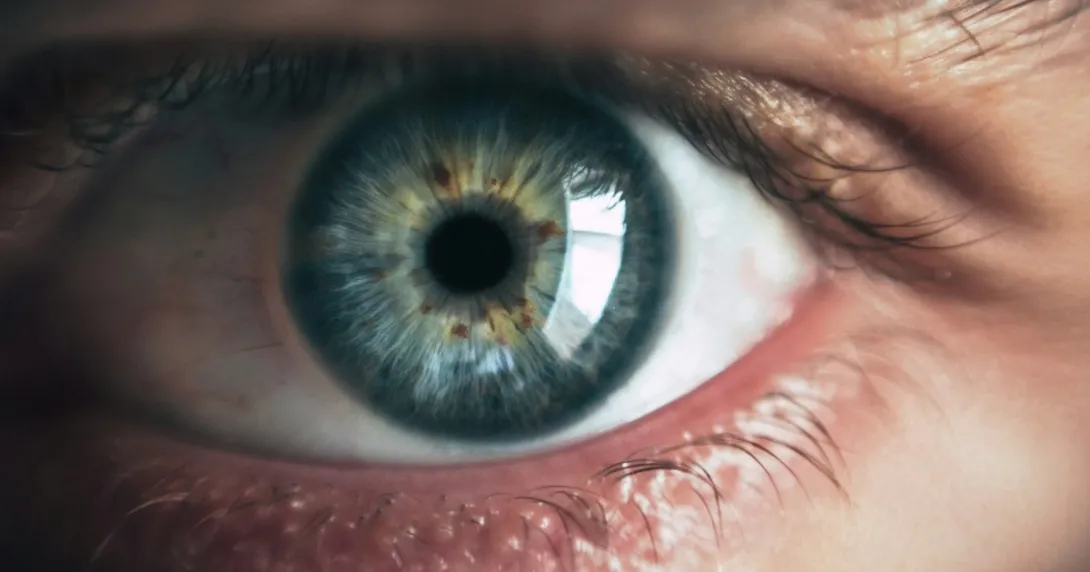
Researchers from South Korea have created what could be the world's first light-emitting contact lens for retinal diagnostics.
Seoul National University Bundang Hospital (SNUBH), the private Pohang University of Science and Technology, biopharmaceutical company PHI BIOMED, and the government-funded Electronics and Telecommunications Research Institute collaborated for this project.
HOW IT WORKS
An ultra-thin (approximately 12.5 micrometre) OLED is attached to a contact lens electrode. They used OLED, which uniformly emits light, as electroretinography (ERG) tests require even illumination across the entire retina to measure its electrical activity and assess its function. The contact lens is also embedded with an antenna for wireless power reception and a control chip.
Power is supplied wirelessly using inductive coupling at a stable frequency of 433 Megahertz. The team applied this technology to a wireless controller, shaped like a sleep mask, that syncs with a smartphone.
SNUBH notes from animal trials, which findings have been published in ACS Nano, that the contact lens induced "stable" ERG signals in the rabbits' eyes at levels equivalent to conventional light stimulation, including when powered wirelessly.
Additionally, the study found that the lens prevented thermal damage to the cornea by maintaining a surface temperature below 27°C and sustained light emission in high-temperature and high-humidity conditions.
WHY IT MATTERS
Standard ERG tests require patients to remain still with their eyes open in a dark room using a large, stationary equipment. This causes spatial constraints and increases patient fatigue, according to SNUBH.
With their innovative contact lens, ERG tests, which are used to diagnose hereditary retinal diseases and evaluate prognosis before cataract removal and similar surgeries, can be conducted with patients' eyes closed. SNUBH says this opens up applications for children, the elderly, or patients who are sleeping.
Broad applications are also expected in myopia treatment, ocular biosignal analysis, augmented reality visual displays, and light-based neurostimulation.
"We expect this to be a futuristic technology that can be expanded not only to the diagnosis and treatment of retinal diseases but also into the field of virtual and augmented reality," said SNUBH professor Se Joon Woo, who led the team.
"Integrating the flexibility and diffused light properties of ultra-thin OLEDs into a contact lens is a world-first attempt. This research will help expand existing smart contact lens technology into an on-eye optical platform for diagnosis and treatment," said KAIST professor Seunghyup Yoo.
THE LARGER TREND
Latest studies across the Asia-Pacific this year have utilised AI to analyse various eye images for screening different diseases beyond ophthalmic conditions. Researchers from Yonsei University Health System have leveraged AI models to screen for attention deficit hyperactivity disorder on fundus photographs, while the Walter and Eliza Hall Institute of Medical Research in Australia have analysed eye images of over 50,000 people to understand the retina's connection with different diseases, such as neurodegenerative conditions and metabolic disorders.
In June, longevity centre Humansa in Hong Kong introduced i-Cognitio's retinal imaging AI, touted as a first-of-its-kind in the world to predict Alzheimer's disease risk. Meanwhile, the Chinese University of Hong Kong and Beijing Tongren Hospital have developed a generative AI model based on 3.4 million eye images for automated eye disease diagnosis.


